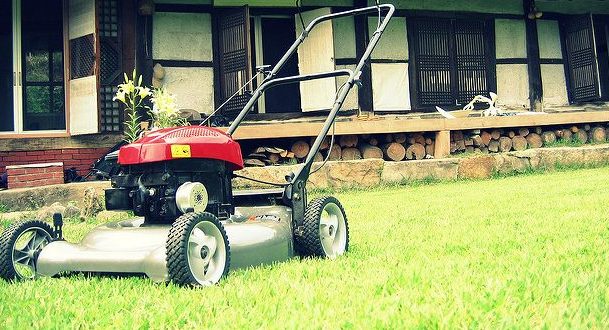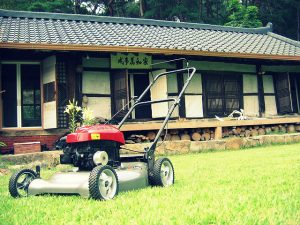With the advances in lawn mower technology over recent years, you may not want to. Still, if you do a good job maintaining your present lawn mower, it will work for you for a very, very long time. Some estimate for as long as 15 years or more.
It is all in how well you maintain the mower and do all the proper things necessary after each use, when storing away for the winter, and when preparing it for spring and summer.
Until they come up with a fuel cell for one, lawn mowers need gasoline to run. Many people may not know or have forgotten that gasoline degrades and gums up over time. Although a blend of ethanol and gas can be used to fuel a lawn mower, it can degrade rubber and plastic parts as well as coat linkages. To keep gasoline from being an issue with your mower:
· Add a stabilizer, especially one designed for ethanol if you are using a gasoline-ethanol mix to fuel your machine.
· Siphon extra gasoline out of a push lawn mower and let it run until nothing is left when the mowing season ends.
· Run a tractor or rider mower dry or top off the gas tank so there is no room for condensation. Also add stabilizer to the gas first.
Oil is also an essential fluid for keeping the lawn mower in working order on into the next decade and beyond. Clean oil keeps the mower or tractor engine from overheating and failing too soon. Be aware of how often to change the oil and what grade oil to use. Here are more tips:
· With a walking mower, be sure the fuel tank is empty before you change the oil.
· When you want to change the oil, set an automobile-style drain pan beside the mower on the side of the dipstick cap. Remove the cap and tip the mower toward the dipstick side to drain the oil. When completed, refill.
· For a tractor or rider mower, consult the mower’s owners’ manual for oil change scheduling. The manual will suggest when you should change oil based on the number of hours the mower is in use. A rider mower or tractor should have an hour meter that you can refer to. If it doesn’t, buy one separately and attach to the mower.
· Use the easy-access drain plug some mowers have to drain oil. Drain it and replace the oil filter before refilling.
It is essential that the deck of the mower is clean. Built-up clippings will obstruct airflow, which will result in uneven cutting and corrosion. The clippings contribute to dulling the blades making the mower rip the grass, not slice it. Here are more tips:
· Many lawn mowers include a washout port to which you can connect a hose. Use it to clean the mower after each use and let the mower dry before storing. If there is no port on your riding mower, then drive it onto automotive ramps to elevate, then wash clean with a hose.
· If the clippings dry and form clumps under the deck, use a plastic putty knife to scrape the cuttings out.
· Sharpen the blade three times a year. It is also a good idea to keep a spare blade so that you can exchange the dull blade for a sharp one. Wear heavy leather gloves when removing the dull blade and substituting it with the sharp one. When removing a blade, take out the spark plug wire, and jam a short two-by-four to keep the blade from turning.
It is also imperative to change the mower’s spark plug every 100 hours of operation. If you don’t, the engine startup and performance will be affected. If you own an electric mower, it is essential to maintain the battery. Here is how to replace the plug.
· Remove the spark plug cap.
· Select a socket wrench and use it to remove the old plug.
· Take it with you to an auto parts store so you can show the salesperson the type of new plug you are looking for.
· Place the new plug.
· Replace the spark plug cap.
If you own an electric lawn mower, it is suggested that you periodically charge the battery throughout the winter. If you don’t, the battery’s ability to fully recharge will diminish gradually, and ultimately fail. To avoid constant recharging, buy a trickle charger to keep the battery operable.
Finally, remember to exchange air, oil, and fuel filters when necessary.








